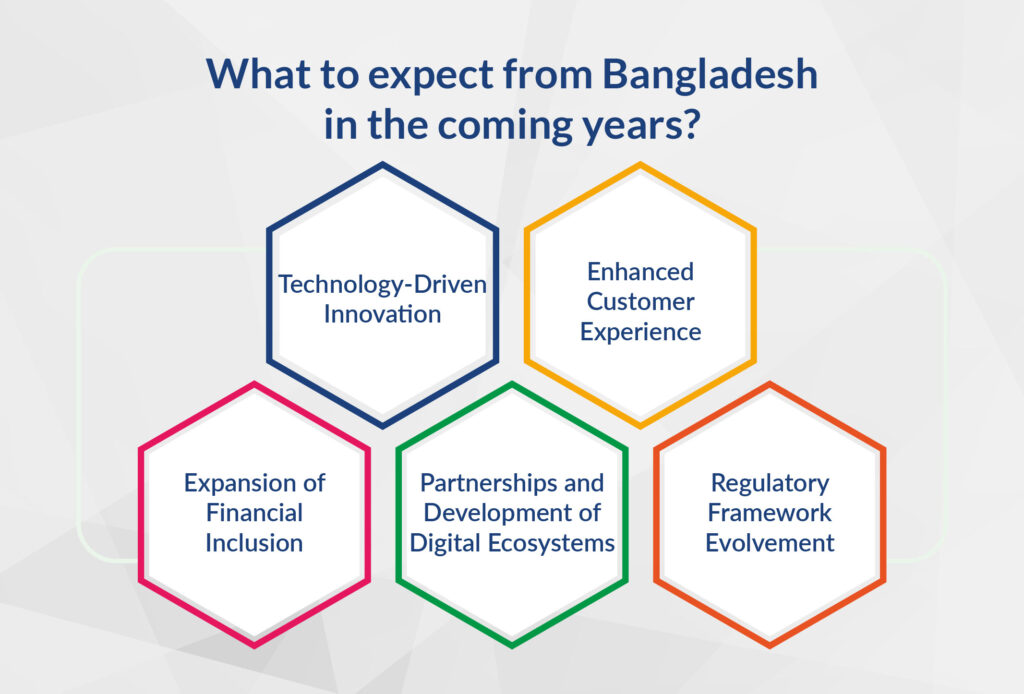A quick glimpse at what has happened so far
So, here’s the scoop: Bangladesh Bank recently gave the green light to a set of guidelines for digital banks. Think of these guidelines as a sort of roadmap for banks that want to start their own digital banks. They outline all the specifics and requirements needed to get these banks up and running successfully. But why is this such a big deal, you ask?
Well, Bangladesh is on a mission to make banking more accessible, especially to those who live in underserved areas and communities. They want to bridge the gap in financial inclusion, and that’s where digital banks come into play. These banks are like the modern, tech-savvy versions of traditional banks. They use digital tools to make it easy for individuals and businesses to get their hands on a wide range of banking services.
But here’s the catch: just like regular banks, these digital banks must play by the rules. They have to get a licence and follow all the regulations set by the Bangladesh Bank. It’s all about making sure things run smoothly and safely.
What is the scope of digital banks in Bangladesh?
Digital banks have the power to provide all kinds of banking services and cool new digital financial products through several technological capabilities, such as
Wide Range of Services: Digital banks have the green light to provide a comprehensive suite of banking services, and they can get creative with new digital financial products. This means they can handle everything from basic savings and checking accounts to more innovative offerings you might not find at traditional banks.
Online and Tech-Centric: The key differentiator for digital banks is that they operate primarily online, harnessing advanced technology to facilitate their operations. Through web or mobile applications, you can manage your finances, conduct transactions, and access your account.
Collaboration over Competition: Digital banks have the flexibility to collaborate with existing financial institutions like traditional banks and mobile financial service providers. Instead of setting up their own physical branches or agents, they can tap into the networks of these established players. This collaboration approach allows them to extend their reach and serve customers more effectively.
Virtual Cards and QR Codes: Digital banks can issue virtual cards and QR codes for customers. Virtual cards work just like physical debit or credit cards but exist only in a digital format. QR codes are those square patterns you can scan with your smartphone, and they’re used for quick and secure transactions.
Special Licences: Some digital banks with an Authorised Dealer (AD) licence under the Foreign Exchange Regulation Act of 1947 have additional capabilities. They can engage in specific financial transactions and participate in pre-and post-financing schemes introduced by the Bangladesh Bank.
What to expect from Bangladesh in the coming years?
As digital banks take root, we can expect to see a surge in
Technology-Driven Innovation: Banks are likely to employ cutting-edge technologies such as artificial intelligence, blockchain, and big data analytics to deliver efficient and personalised financial services to customers. The adoption of innovative solutions is expected to revolutionise how banking is conducted in the country.
Enhanced Customer Experience: Customer-centricity will be a defining feature of digital banks. With the help of advanced digital tools, these banks will start providing seamless, user-friendly experiences, from account setup to conducting transactions.


